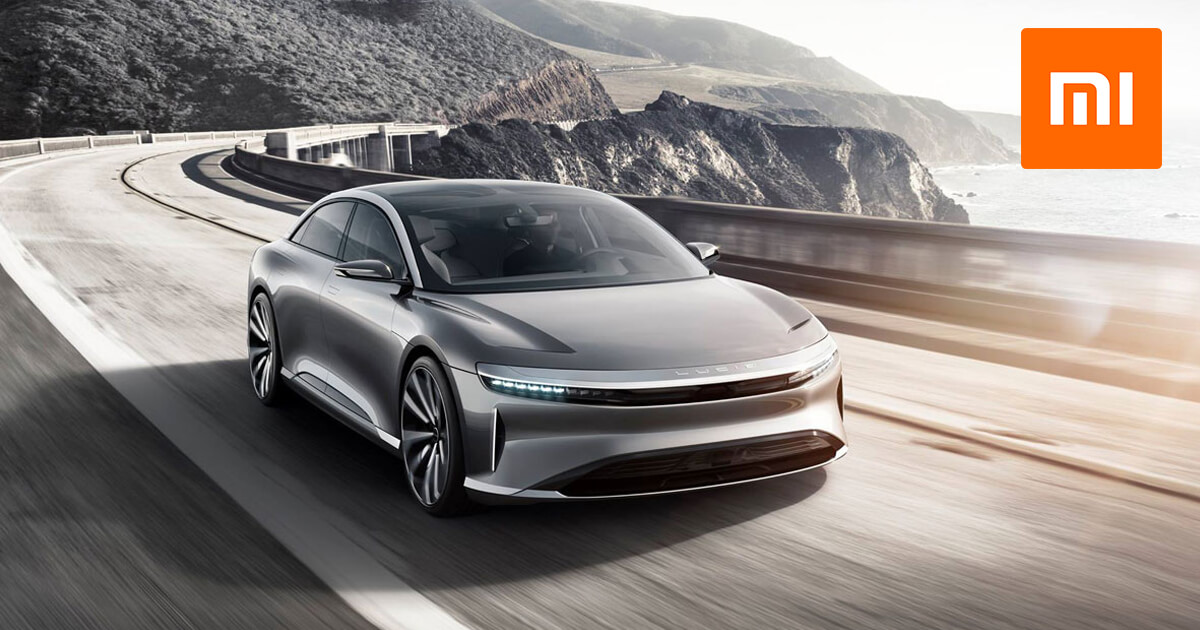Xiaomi, the prominent Chinese smartphone manufacturer, has introduced its first electric car, a stylish sedan named the SU7. Expected to launch in China next year, it enters the expanding electric vehicle market and signifies yet another endeavor to align the technological innovations commonly found in smartphones with the features integrated into cars.
Xiaomi stands a chance with the SU7 as it will be powered by Xiaomi’s “HyperOS,” an innovative architecture in development for over six years. This dynamic system aims to seamlessly support various devices, including phones, smart home systems, and cars. The ultimate objective is to provide users with a fluid experience, ensuring that their apps and preferences are readily available, no matter where they are.
While not a new concept, it echoes a similar vision presented years ago by the founder of Faraday Future for his initial electric vehicle project in China, part of his tech conglomerate at that time.
While the earlier attempt by Faraday Future didn’t succeed, numerous endeavors have been made over the years to bring us closer to a reality where in-car software mirrors the functionality of our smartphones. Examples of this include Apple’s CarPlay and Google’s Android Auto, which directly replicate a phone’s software on the car’s screen. Google has gone further, creating an Android version capable of running an entire car’s infotainment system, collaborating with various automakers. Apple is also pursuing a similar path, albeit at a slower pace, having recently revealed its first two customers just last week.
However, attempts to bring everything in-house often face complications. Apple, for instance, has spent years on its own car project but has undergone multiple shifts in focus. Volkswagen attempted to establish an in-house powerhouse for in-car software but faced significant challenges. Tesla, on the other hand, has successfully crafted a robust in-car software experience for its vehicles. Yet, it has opted to avoid integrating CarPlay and Android Auto, preferring to retain control over its screens.
Xiaomi distinguishes itself in this landscape. With the widespread establishment of a dominant electric vehicle supply chain in China and the swift progress, coupled with declining costs, of electric vehicle technology, well-funded companies like Xiaomi can now undertake endeavors like constructing a car tailored for their software. While it’s not entirely alone in this pursuit—Huawei is also supporting its EV startup in China—Xiaomi’s venture represents the most comprehensive and integrated effort thus far.
As for the specifications, they appear impressive on paper. Xiaomi is asserting a remarkable range of up to 800 km on a full charge, approximately 500 miles, although this figure is based on China’s optimistic testing standards. This range is attributed to the higher-end model, featuring a substantial 101kWh battery pack from the Chinese giant CATL. The base model, equipped with a 73.6kWh capacity, is claimed to approach 668 km or 415 miles on a single charge. The charging capabilities are notable, with a rapid charge of 220 km in five minutes, and the acceleration is swift, going from 0 to 100 km/h in just 2.78 seconds. Pricing details will be disclosed at a later date.
However, Xiaomi encounters the same formidable challenge that confronts any new entrant in the automotive industry: designing and building cars at scale that are not only reliable and safe but also deliver a seamless in-car experience. While achieving a smoother in-car experience seems like a straightforward goal, the complexities of ensuring reliability and safety should not be underestimated in the automotive manufacturing landscape.
